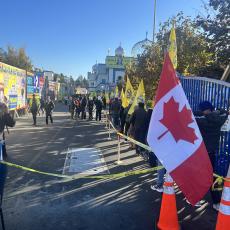On this page, we are collecting information on the effects of the measures taken to halt the spread of the COVID-19 virus on democracy in the United States.
Information on COVID-19 measures and democracy |
|
| Type of measures | Measures & sources |
| Limitations to freedom of movement |
26 April:
6 May:
22 June:
|
|
|
| Limitations to electoral rights |
|
| Limitation to civil rights |
|
| Risks to data security | |
| Limitations to freedom of information | |
| Emergency powers for government |
|
| Various |
|
| Last updated on | 22.06.2020 |
Please note that we are constantly updating the information under rapidly changing circumstances, the information on this page should not be taken to be a complete overview of measures in a country.
See some information that is missing? Let us know about it here.


